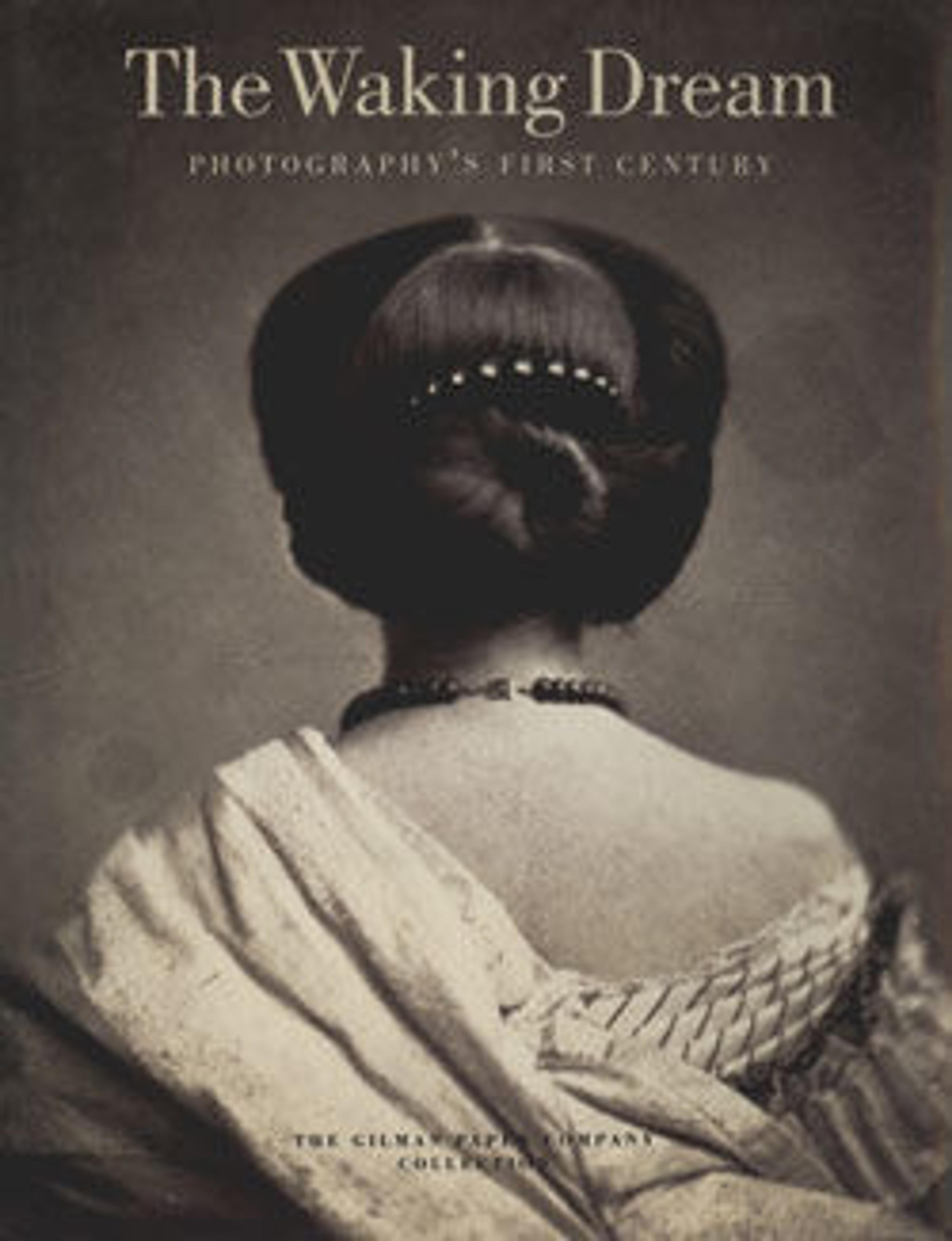Valencia, Spain
The advent of small, fast, hand-held cameras allowed photographers to work with spontaneity, intuition, and accuracy. It also encouraged access to locations previously too dangerous or too difficult to enter with larger, slower cameras. The bullring was one such environment, from which even the most adventurous and athletic photographers had steered clear.
This photograph shows the inside doors of the Valencia arena from the vantage point of the bull; to make this picture of an attendant watching the action from a small rectangular window, Cartier-Bresson entered the ring. The complex composition reflects the influence of Cubism on the artist's work. All the major structural elements are fragmented: the arena doors are ajar, splitting the concentric rings into arcs and the number 7 into two abstract forms; the foreground figure is, in effect, beheaded by the door, his body linked to a faceless counterpart wearing identical clothing; even the attendant's circular glasses are awry, one lens catching the light, the other remaining transparent. The picture as a whole illustrates the avant-garde theory of simultaneous multiple vision and is a sophisticated critique of the bull's-eye school of photographic composition.
Through photographs such as this one, Cartier-Bresson forces the viewer to accept the disjunctive and mysterious as part of the modern experience of the world; we can never close the door, align the rings, reconstruct the numeral, or clear the attendant's vision.
This photograph shows the inside doors of the Valencia arena from the vantage point of the bull; to make this picture of an attendant watching the action from a small rectangular window, Cartier-Bresson entered the ring. The complex composition reflects the influence of Cubism on the artist's work. All the major structural elements are fragmented: the arena doors are ajar, splitting the concentric rings into arcs and the number 7 into two abstract forms; the foreground figure is, in effect, beheaded by the door, his body linked to a faceless counterpart wearing identical clothing; even the attendant's circular glasses are awry, one lens catching the light, the other remaining transparent. The picture as a whole illustrates the avant-garde theory of simultaneous multiple vision and is a sophisticated critique of the bull's-eye school of photographic composition.
Through photographs such as this one, Cartier-Bresson forces the viewer to accept the disjunctive and mysterious as part of the modern experience of the world; we can never close the door, align the rings, reconstruct the numeral, or clear the attendant's vision.
Artwork Details
- Title:Valencia, Spain
- Artist:Henri Cartier-Bresson (French, Chanteloup-en-Brie 1908–2004 Montjustin)
- Date:1933
- Medium:Gelatin silver print
- Dimensions:Image: 19.6 x 29.2cm (7 11/16 x 11 1/2in.)
Mount: 38.6 × 47.2 cm (15 3/16 × 18 9/16 in.) - Classification:Photographs
- Credit Line:Gilman Collection, Purchase, Denise and Andrew Saul Gift, 2005
- Object Number:2005.100.164
- Rights and Reproduction:© Henri Cartier-Bresson/Magnum
- Curatorial Department: Photographs
More Artwork
Research Resources
The Met provides unparalleled resources for research and welcomes an international community of students and scholars. The Met's Open Access API is where creators and researchers can connect to the The Met collection. Open Access data and public domain images are available for unrestricted commercial and noncommercial use without permission or fee.
To request images under copyright and other restrictions, please use this Image Request form.
Feedback
We continue to research and examine historical and cultural context for objects in The Met collection. If you have comments or questions about this object record, please contact us using the form below. The Museum looks forward to receiving your comments.
